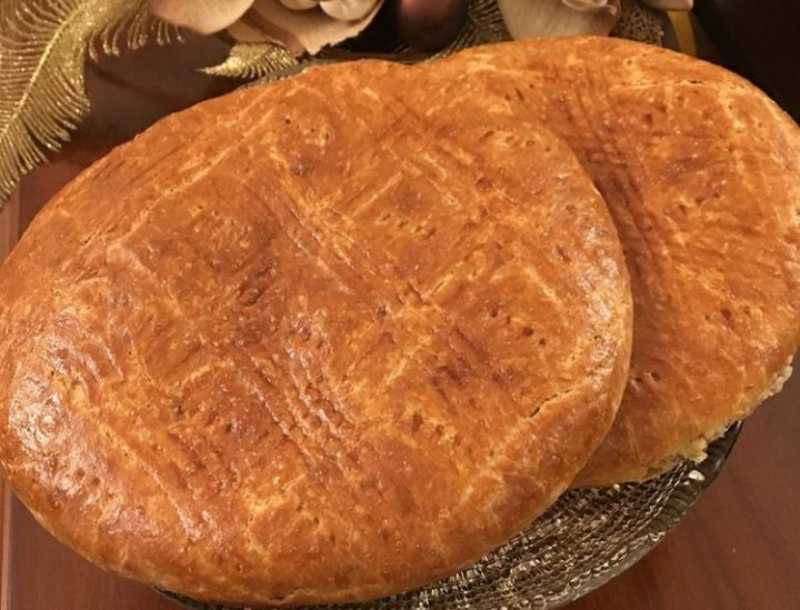Armenian cuisine offers a delightful journey through time and tradition, deeply rooted in history and the geographical crossroads of the Middle East and the Mediterranean.
Each dish tells a story of survival, adaptation, and profound connection to the land and its seasons.
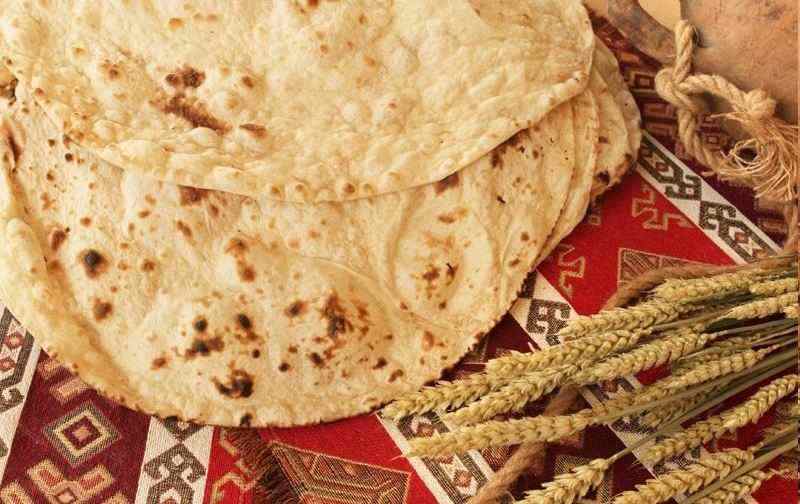
Armenian National Dishes
At the heart of Armenian culinary tradition are the national dishes that have evolved over centuries. Lavash, a soft, thin unleavened bread, holds a special place, being a staple in every meal and even recognized by UNESCO as an intangible cultural heritage of humanity. Another beloved dish is khorovats, Armenian barbecue, often considered a centerpiece during gatherings, featuring a variety of meats marinated and grilled to perfection over open flames.
Dolma is a traditional dish that comes in two main types. The first type is made with spiced meat and rice wrapped in fresh young grape leaves. The name "dolma" is derived from the ancient Urartian word "doli," which means "a grape leaf." The second type is called 'Summer Dolma', using cabbage leaves instead of grape leaves, tomatoes, eggplants, sweet peppers, courgette.
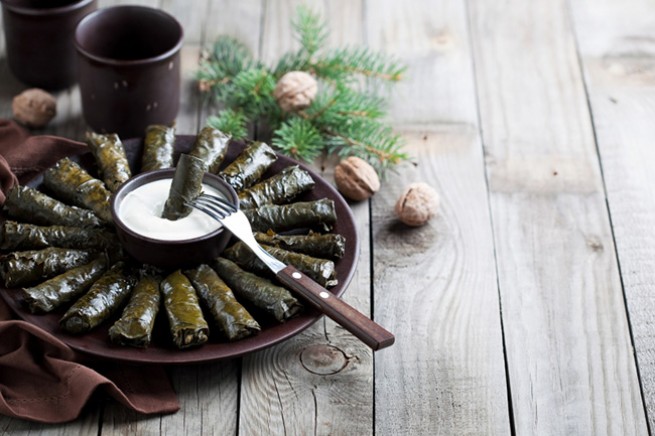
Armenian Food Recipes
Armenian recipes are a testament to the rich agricultural bounty of the region. They often include fresh herbs, fruits, nuts, and legumes, reflecting the country's diverse climatic zones and agricultural practices. For instance, the traditional Harissa is a porridge made with wheat and meat, cooked slowly to achieve a creamy consistency.
Ghapama, a festive dish, involves hollowing out a pumpkin, stuffing it with boiled rice, dried fruits, nuts, and honey, then baking it until tender. The dish is not only delicious but also a beautiful representation of Armenian autumnal celebrations.
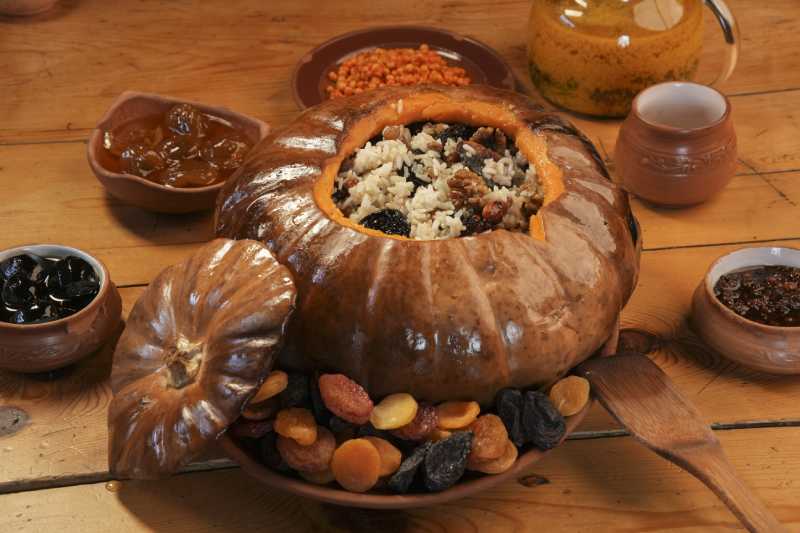
Is Armenian Food Mediterranean?
While Armenian cuisine shares some characteristics with Mediterranean cooking, such as the use of olive oil, fresh vegetables, and herbs, it also incorporates unique elements that set it apart. The reliance on spices like black pepper and allspice, as well as the preference for cooking techniques such as roasting and stewing, aligns it more closely with Middle Eastern cuisines. However, the generous use of fresh produce, grains, and nuts does place Armenian food within the broader Mediterranean palette, making it a unique fusion that reflects its geographical and historical influences.
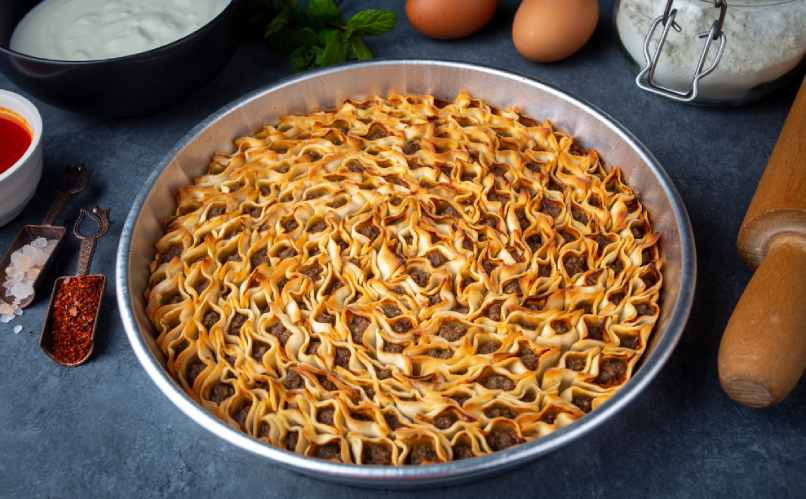
Traditional Armenian Food Near Me
Finding traditional Armenian food outside of Armenia can be a delightful adventure for the culinary traveler. In cities with Armenian communities, look for family-run restaurants or bakeries that serve authentic dishes. These places often carry the essence of Armenian hospitality and offer a glimpse into the rich culinary tradition of the country. Dishes like mante, small dumplings filled with meat and served with yogurt or tomato sauce, or the sweet and syrupy Pakhlava, layered pastry with nuts and honey, are must-tries if you encounter them.
